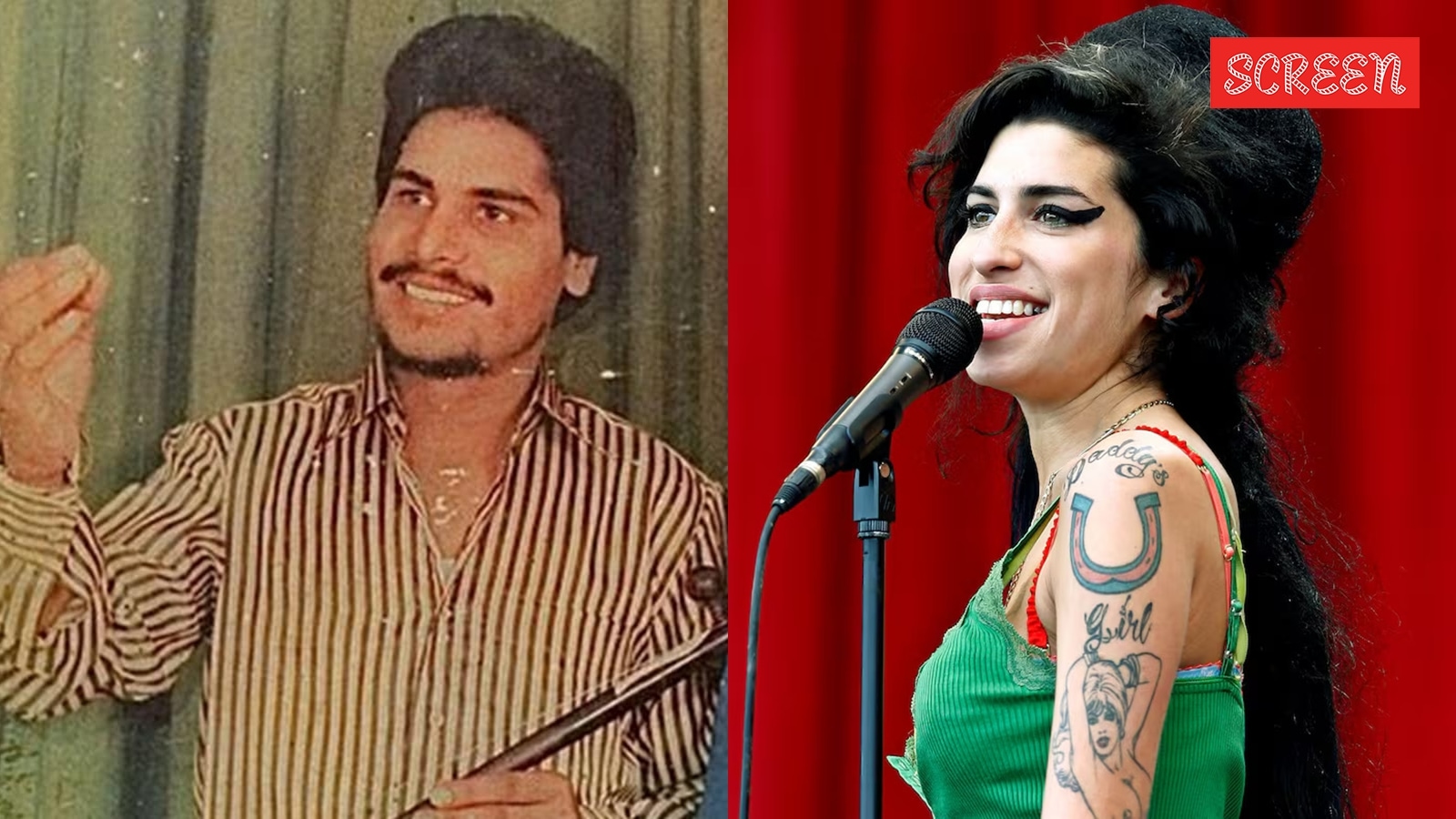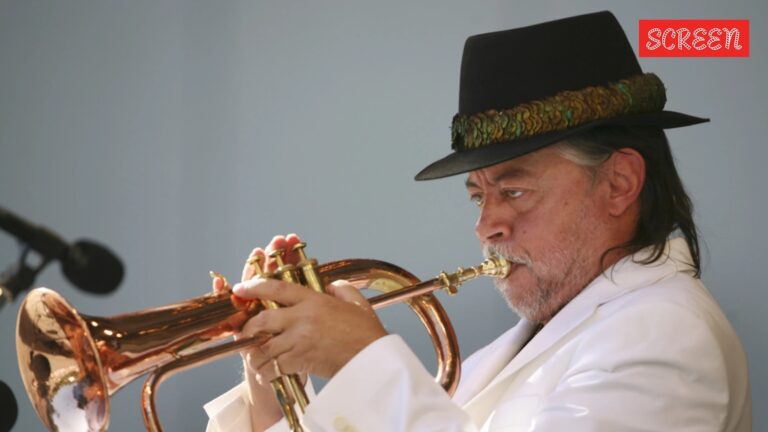At some point in our lives we have all felt stuck, helpless, alone and misunderstood. Maybe it was a new school or a bad breakup, or maybe you lost your job or lost someone close. When tragedy befalls our lives, we either panic or we shut down, and be it any act of our story, there are usually only two ways to go after that. One either turns to an escape that digs an even deeper hole for you to get out of, or someone hears your cries (maybe your own conscience), and you overcome that hurdle. However, the sinking human doesn’t stop asking for help, maybe not in so many words, but their actions express angst and misery; they express the need for a hand. But the irony of life is that sometimes the loudest cries don’t reach any ears, and singer Amy Winehouse is one of the biggest examples of this, and her exit from the stage of life is one of our biggest failures.
Born Amy Jade Winehouse, she came from a family that had its roots deep in music. While her parents were both from the working class, her uncles and grandmother were products and producers of jazz, and that is how the English singer would discover music very early in her life. A beast that she would care for and a beast that would prove to be the only one standing besides her till her last breath. I remember watching the Imtiaz Ali film about the legendary Punjabi singer Amar Singh Chamkila and then reading about the man. No matter how you look at the story, it’s bound to have a ‘Mona Lisa effect’ on you, because no matter how you try to describe it, a young strong artiste lost his life because people simply didn’t agree with his lyrics. The story makes you feel queasy about speaking your mind, but even though Amar Singh and his wife were murdered, and Amy passed away due to alcohol poisoning, there are similarities in how and why these two left an unforgiving world. One was shot, one was left to die; one was silenced and one was forgotten. Amar was killed because someone decided to do something horrific about his brand of music and what he represented, and Amy was killed because no one decided to do anything about her very discernible afflictions. They were both 27 when they passed away.
 Amar Singh Chamkila (right) and his wife and co-singer Amarjot Kaur. (File)
Amar Singh Chamkila (right) and his wife and co-singer Amarjot Kaur. (File)
Amy Winehouse’s cry for help
Throughout her life, Amy was plagued with substance abuse and addiction issues. Cancelled shows, severe weight loss, and frequent trips to the hospital were all signs that something was extremely wrong. At one point during 2008, Amy reportedly stopped the use of illegal substances, and to deal with the withdrawal symptoms, she quickly turned to alcohol. Her marriage to Blake Fielder-Civil is believed by many to be the catalyst of her already bad addiction issues, and the singer herself called it a “marriage based on doing drugs”. Alcohol came and never left, as the singer continued dropping riveting music, so personal and moving, you felt like she was sitting in front of you and telling you her story. She has over 30 million records sold worldwide, and not one person who bought those records paid heed to the fact that she needed to be saved from herself and that the “modern-day Bardot” needed to be left alone by paparazzi and required attention from those close to her. She wasn’t even suffering in silence; everything was on display for the world to see. Amy sang and drank till her instrument and its body stopped working altogether, and this wasn’t the first time we lost an artiste to the infamous ’27 Club’.
The 27 Club
Almost 17 years before Amy passed away, the world lost another great, troubled and tenacious mind, again at the age of 27: Kurt Donald Cobain of the band Nirvana. For many people out there of a certain generation, you didn’t listen to Nirvana because you were a rock music aficionado; rather, it was Nirvana who opened the gates for many to one of the greatest ways of disseminating love, anguish, fear, admiration and glory. Perched on a gargoyle, the man saw the culture he built and a world so intertwined in it that they forgot the maker. With technically just 4 albums, Nirvana would go on to sell more than 80 million records worldwide. Also riddled with problems of substance abuse, Kurt would make many round trips to the hospital due to several overdose episodes. After an intervention hosted by his wife, the singer would agree to a detox trip to a facility, but the walls caved in and he escaped. He flew to Seattle, sitting beside Guns N’ Roses’ Duff McKagan, which probably was his last connection to music before he killed himself in his Lake Washington residence with a weapon he had bought for “protection”. In 1971, 23 years before this, the world lost Jim Morrison of The Doors, and just a year prior to that, Jimi Hendrix was gone, both at the age of 27. Two of the most influential musicians of all time, two men who will never truly be able to fathom the kind of effect they still have on the world, why every guitarist’s first instinct is to grow out their hair, and why all of them dream of playing in front of the crowd at Woodstock Festival.
ALSO READ: Justin Bieber album Swag review: Bieber needs to take notes from Pritam and keep it simple


There are some artists who acknowledged this ‘club’ and even mentioned their possible membership, like Mac Miller and Juice WRLD. In his song ‘Brand Name’ from the album GO:OD AM, Miller called out all the people who sell him drugs and asked them to make sure that they don’t spike it because he doesn’t wish to die at 27. Juice talks about the club in his song ‘Legends’ and states, “What’s the 27 Club? We aren’t making it past 21.” Miller passed away at age 26 while Juice was 21 at the time of his death, and both men died from accidental drug overdoses. All of these artists, their lives, and the eerily coincidental troubles they had with addiction, co-dependency and loneliness reveal a deeper and a much more problematic picture. Accepting defeat in companionship was never truly looked at from such an isolated lens until Amy’s ‘Back to Black’. Hendrix inspired someone who will go down as probably the greatest guitarist of all time. Eric Clapton, The Doors didn’t just become one of the most influential bands of all time but the closet from Narnia that takes you back to 1967. How did we miss all the signs, and why do we continue to do so?
Story continues below this ad


Look at the way we depict our artistes in films, songs or through any kind of medium. Filled with pain, maybe one absentee parent, maybe both, can’t handle relationships but has no problem writing, singing or painting about it. The film Kodachrome by Matt Raso has a scene where the characters of Ed Harris, Jason Sudeikis, and Elisabeth Olsen are riding in a car. Jason asks Harris, “Are you ever happy?” and he replies, “Happiness is bulls**t; it’s the great myth of the late 20th century. Do you think Picasso, Hemingway or Hendrix was happy? No art worth a damn is ever created out of happiness.”
If artistes claim to be this unique piece made by God, then ‘not being happy’ cannot be the one thing they collectively decided to agree upon. I get that being out of your comfort zone and being challenged pushes an individual to fight, but that can’t be a fight unto death. There is also the argument that once the artiste stops fighting, they won’t be creating art that truly galvanises people or tells them to get up and keep going. But if the bout needs to continue until the final bell of these people’s lives, then why can’t some of us fight with them? Whether you criticise them or appreciate them, we end up putting them on such a high pedestal that they are automatically dehumanised, and hence a leaked picture which has them drinking or smoking or taking drugs won’t induce concern in your brain, but curiosity. Would you react the same way if the person in the photograph was someone you knew?
The relationship we have with the people who provide us with art is a toxic one, and we are the red flags, people. It’s sad to think about the number of great lives that could have been saved if their fans, the media covering them, and, in some cases, the people managing them had even a modicum of empathy for them. Eminem got out; so did Sir Elton John, and Clapton made it to the other side just like Keith Urban. We have good examples as well, examples which tell us that it is possible to come out of that pit we talked about, no matter how deep you have dug yourself. So this is to all the greats who felt alone while being watched by the whole world; here’s to you.


























